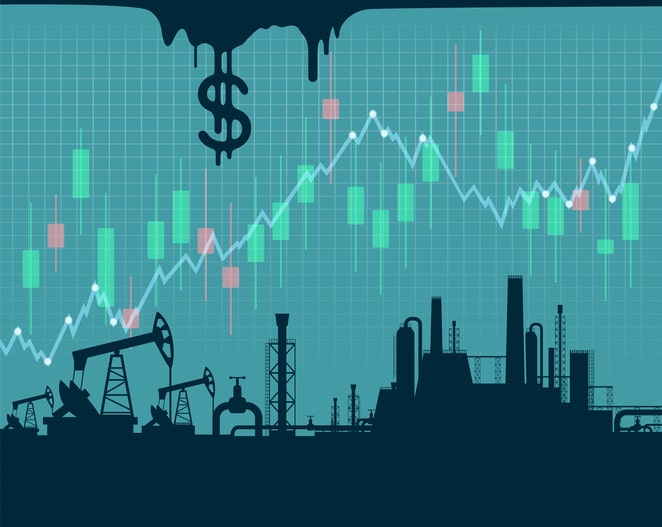Contango



Contango: A situation most common in commodity futures markets, whereby the price for delivery in the future is above that of the spot (or price for immediate delivery). In this situation, the market is implying higher prices in the future, resulting in an upward sloping forward curve. As the futures contract gets closer to expiry, the price will converge (downwards) to the spot price.
The Best Brokers For Contango Futures Trading
-
1
 Interactive Brokers
Interactive Brokers -
2
 NinjaTrader
NinjaTrader -
3
 Plus500USTrading in futures and options involves the risk of loss and is not suitable for everyone.
Plus500USTrading in futures and options involves the risk of loss and is not suitable for everyone. -
4
 FOREX.com
FOREX.com
 Contango And Trading
Contango And Trading
Futures markets consist of two main groups – speculators and hedgers.
The former try to profit from price moves, generally having no intention of accepting delivery of the product, while the latter (oil producers for example) are looking to reduce their risks by selling contracts for future delivery, to lock in production prices and will actually deliver the finished goods (e.g. corn) at a pre-specified expiry date.
Contango is the normal state of affairs in commodity futures markets for two main reasons.
The price of the futures contract takes into account the cost of carry of the commodity, (the costs associated with the storage and insurance thereof), which is not applicable to the spot price.
If demand for the commodity is expected to fall in the future, (as happened with Oil in April 2020), increased demand for storage facilities will tend to raise the costs of storage, resulting in a higher futures premium relative to the spot price.
Investor expectations can lead to higher futures prices if market participants expect prices to rise at some point in the future, though these higher prices may meet producer selling/hedging demand if the degree of contango becomes extreme enough to justify forward selling (by farmers in the case of agricultural commodities).
Such an extreme premium in forward contracts is referred to as a “Super Contango”.
Contango Investor Risk
Contango creates dangers for investors who trade commodity options for example, as the price may be based on either the spot or the forward price (and if the latter is significantly higher, so will be the price of that instrument).
Also, a market in contango means that investors who trade forward contracts (such as Commodity ETFs) will pay a premium to roll forward their contracts on expiry, as this involves selling their current position at a lower price than the current futures price, leading to an automatic loss.
Conversely, those investors who are short the futures contracts will earn the difference between the futures and spot price, providing that the spot price does not move up to meet the current futures price.
This does not apply to those ETFs that hold actual commodities, as they do not need to roll over their contracts.